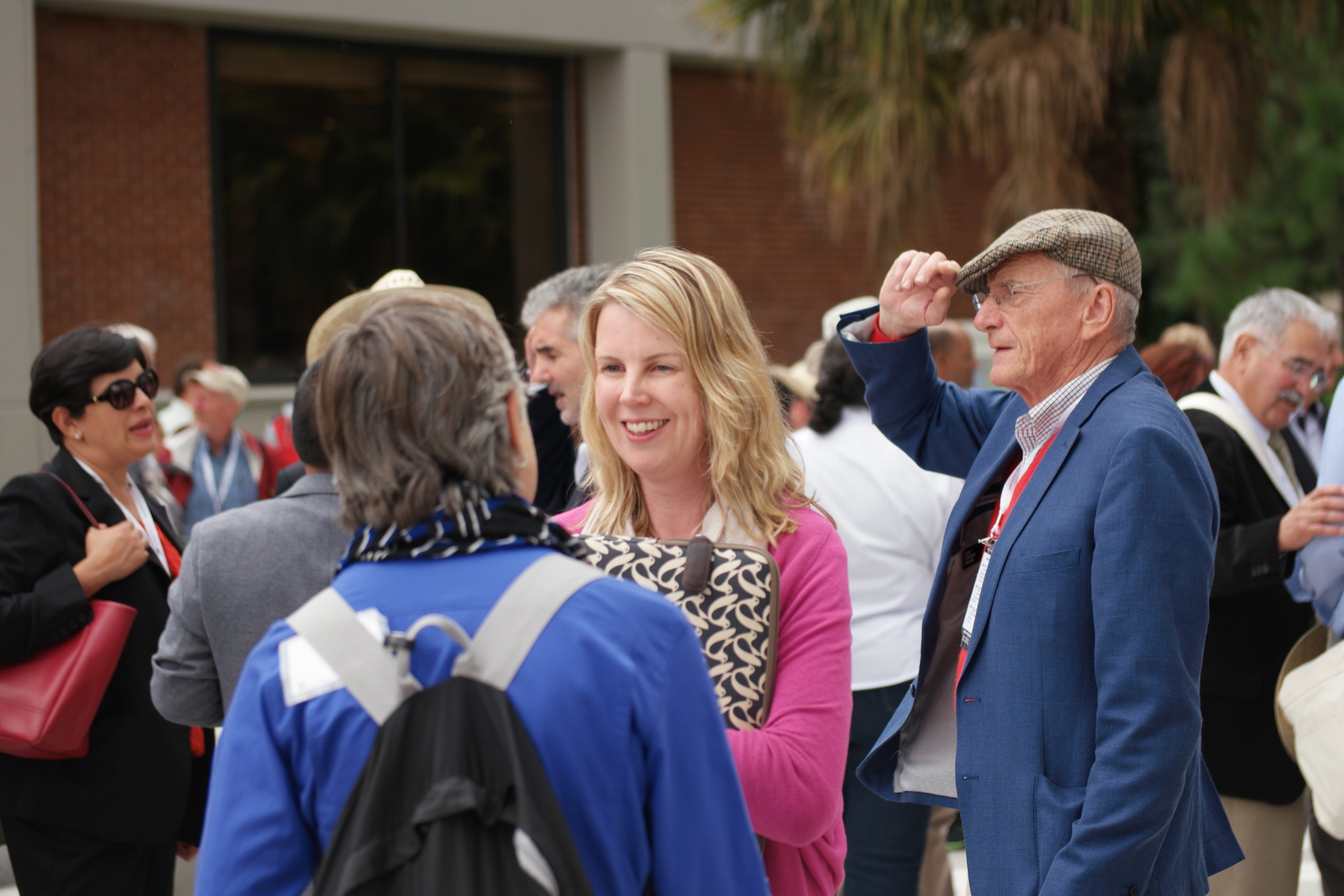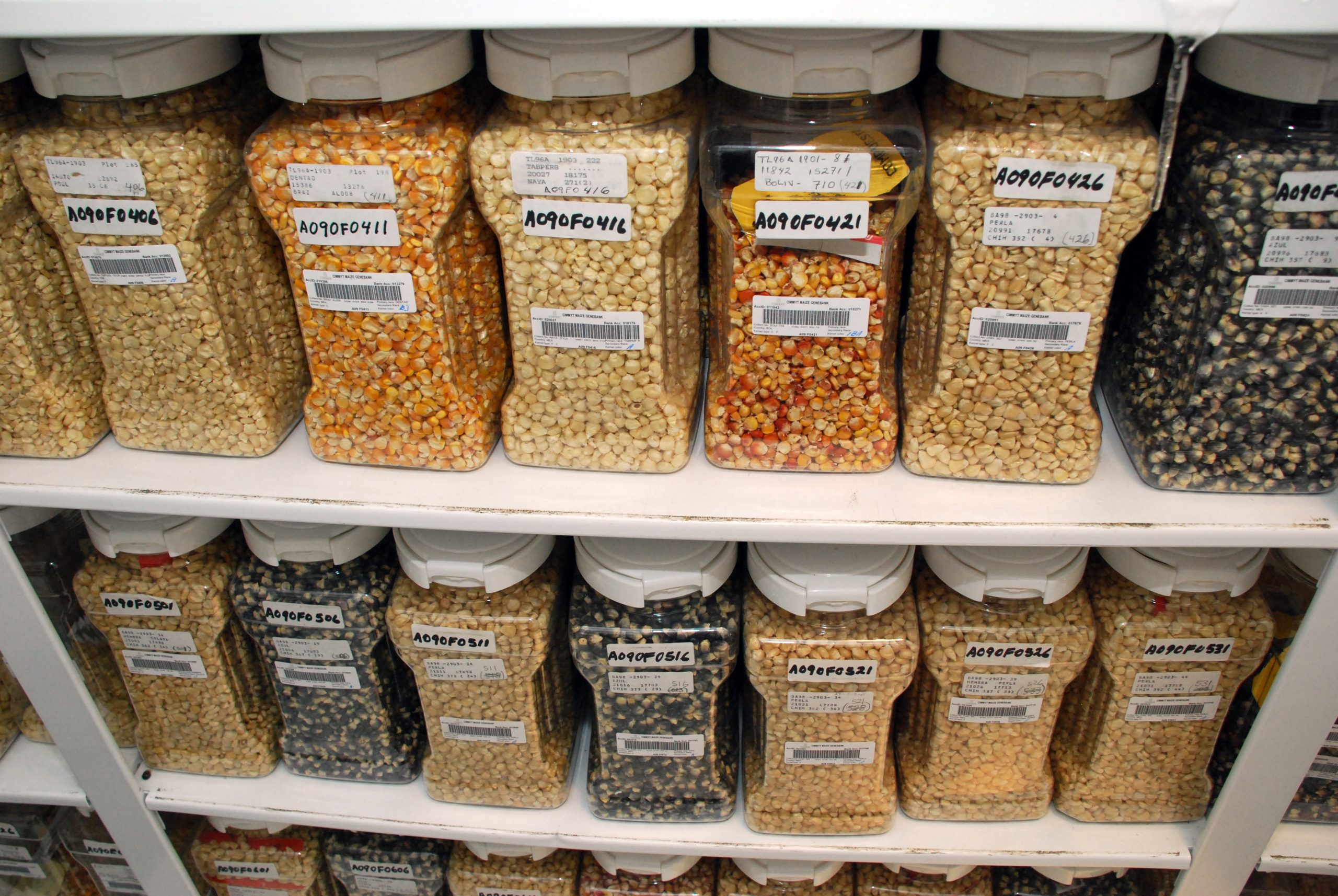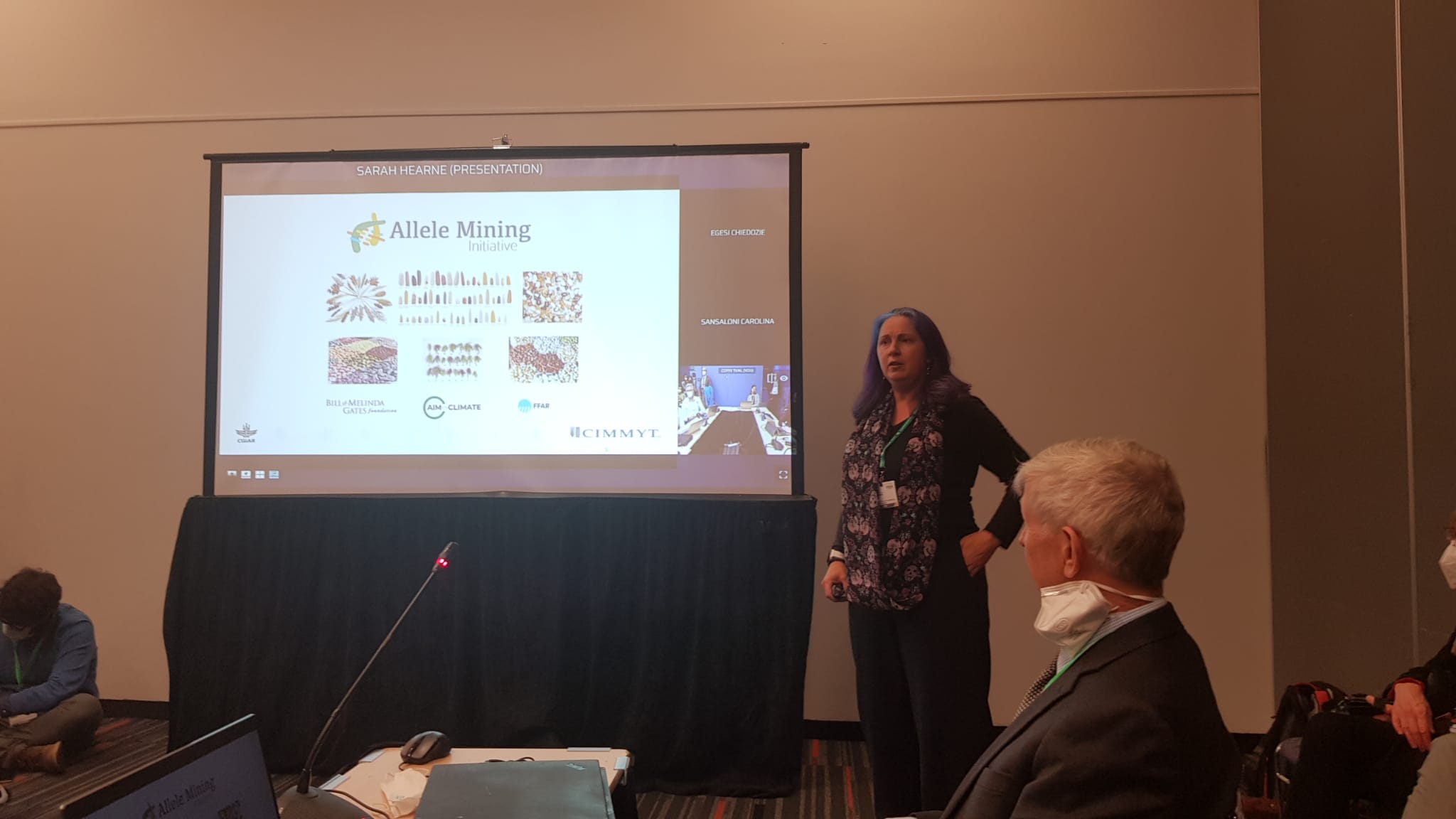
Prioritizing the protection of biodiversity is an essential part of mitigating and adapting to the effects of climate change and global warming. At the 15th meeting of the Conference of the Parties to the UN Convention on Biological Diversity (CBD) (COP15), held between December 7-19 in Montreal, Canada, emphasis was placed on the important role of nature in meeting the Sustainable Development Goals (SDGs), proposing the adoption of a bold global biodiversity framework that addresses the key drivers of nature loss to secure health and wellbeing for humanity and for the planet.
On December 7, scientists from the International Maize and Wheat Improvement Center (CIMMYT), together with colleagues from CGIAR research centers and the secretariat of the International Treaty on Plant Genetic Resources for Food and Agriculture, presented at a COP15 side event on how Digital sequence information (DSI) is changing the way genetic resources are used in agricultural research and development and implications for new benefit-sharing norms.
The session, organized by the CGIAR Initiative on Genebanks explored the role of DSI to conserve crop and livestock genetic diversity and explore and utilize that diversity in plant and animal breeding programs.
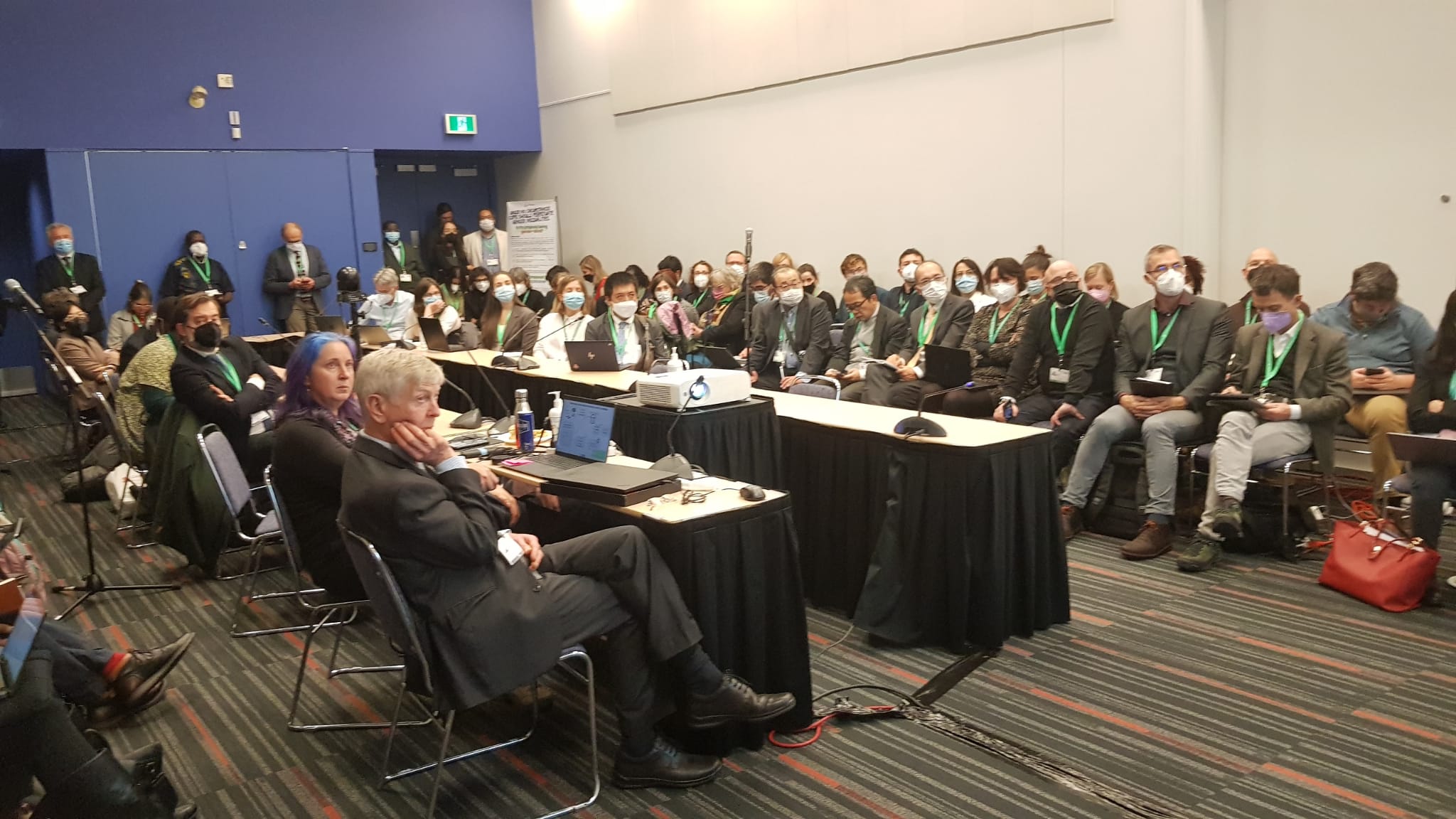
Carolina Sansaloni, wheat germplasm bank curator and genotyping specialist, illustrated how DSI is being used in the CIMMYT wheat collection to analyze structure, redundancies, and gaps, further detailing how generation and use of DSI to conduct similar analyses within national genebanks in Latin America is being supported through collaborative efforts of CIMMYT and the Alliance of Bioversity and CIAT.
CIMMYT principal scientist Sarah Hearne focused on the application of DSI to interrogate broad swathes of crop genetic diversity for potential climate change adaptation, providing examples of work from the Allele Mining Initiative projects, Mining Useful Alleles and Fast Tracking Climate Solutions, alongside earlier work funded by the Mexican Government.
The take-home message was that genetic diversity and germplasm bank collections, when explored at “global scale” with modern tools and diverse partnerships, offer a powerful resource in the efforts to mitigate the impacts of climate change. This potential is only realized through appropriate generation and sharing of DSI generated from collections of many countries of origin.
Sansaloni and Hearne also contributed to a discussion paper, titled “Digital sequence information is changing the way genetic resources are used in agricultural research and development: implications for new benefit sharing norms”. This article, developed by scientists and germplasm law experts from across the CGIAR, provides a more detailed assessment of CGIAR use of DSI and the benefit sharing options being considered by the Contracting Parties to the Convention on Biological Diversity.
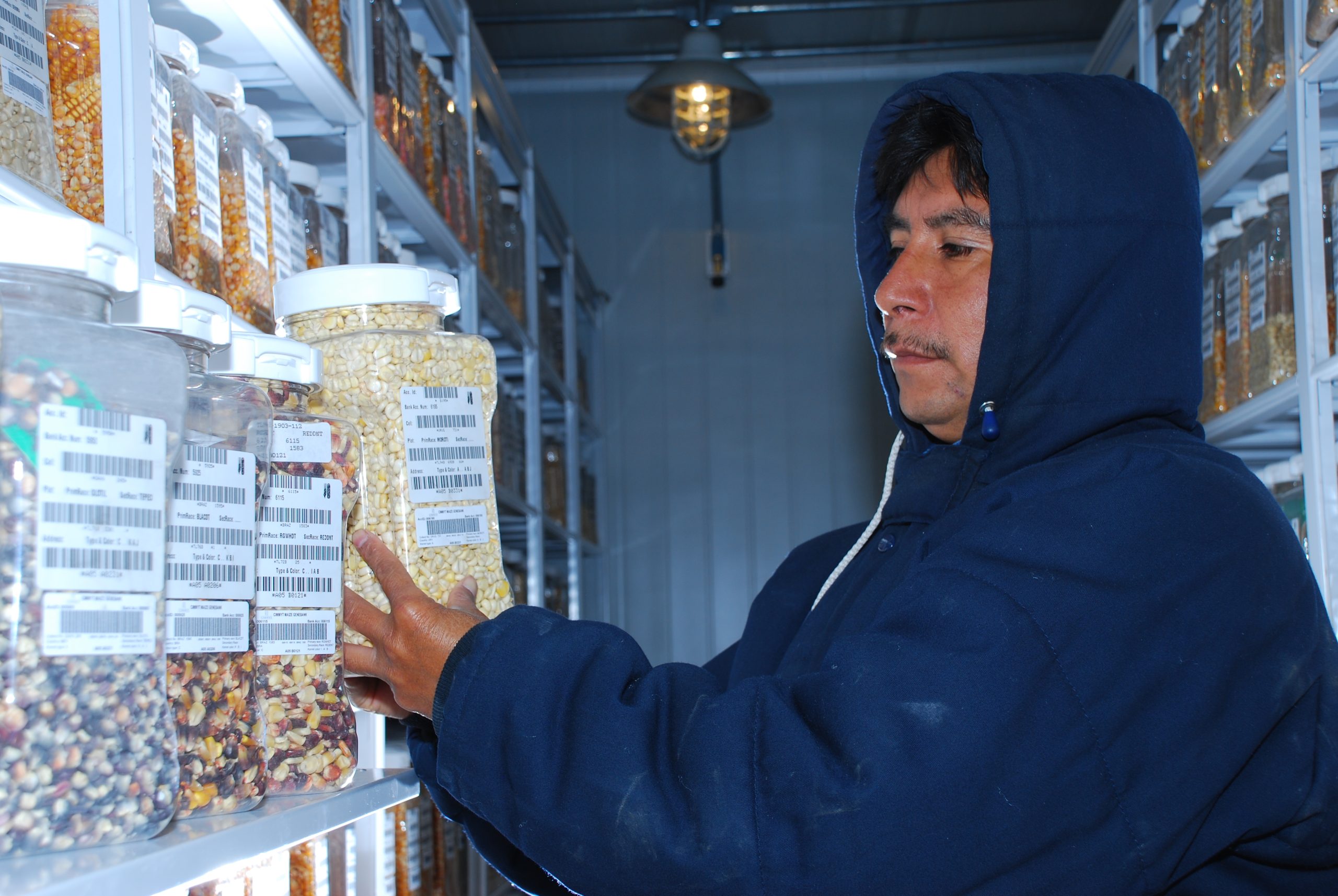
 Climate adaptation and mitigation
Climate adaptation and mitigation 